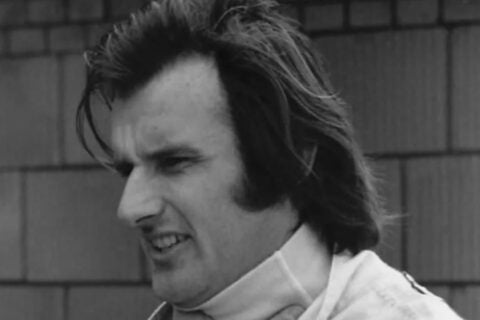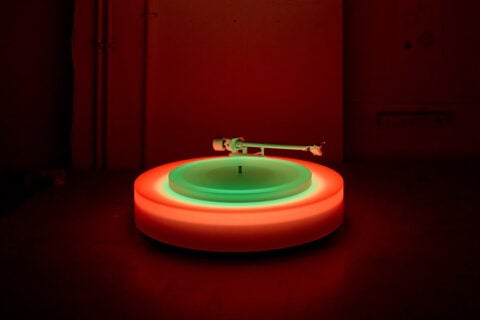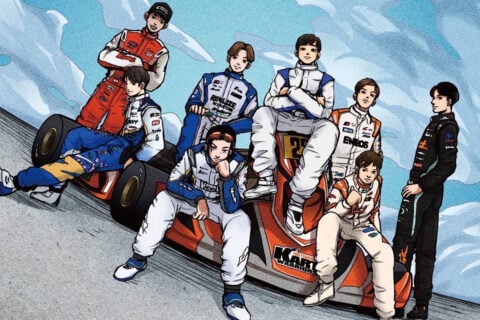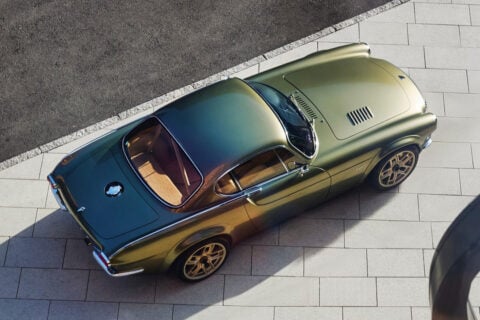Red Bull takes on Mercedes and Ferrari with fresh-think aerodynamics and the final season with its Renault engine.
Red Bull faces two immediate challenges for their must-do 2018 F1 season. For starters, the team can’t waste time slowly developing its aero mods as it was forced to last season. In 2017, the team’s preseason aero design miscalculations forced a massive B-spec redesign that didn’t begin arriving until Barcelona. Red Bull gave away points due to their poor performance early on, and reliability issues at mid-season separated Verstappen from plenty of podium finishes and possible victories.
With arch-rivals Mercedes and Ferrari both relying on upgrades of their 2017 packages and optimising their known qualities for 2018, Red Bull needs to hit the ground running.
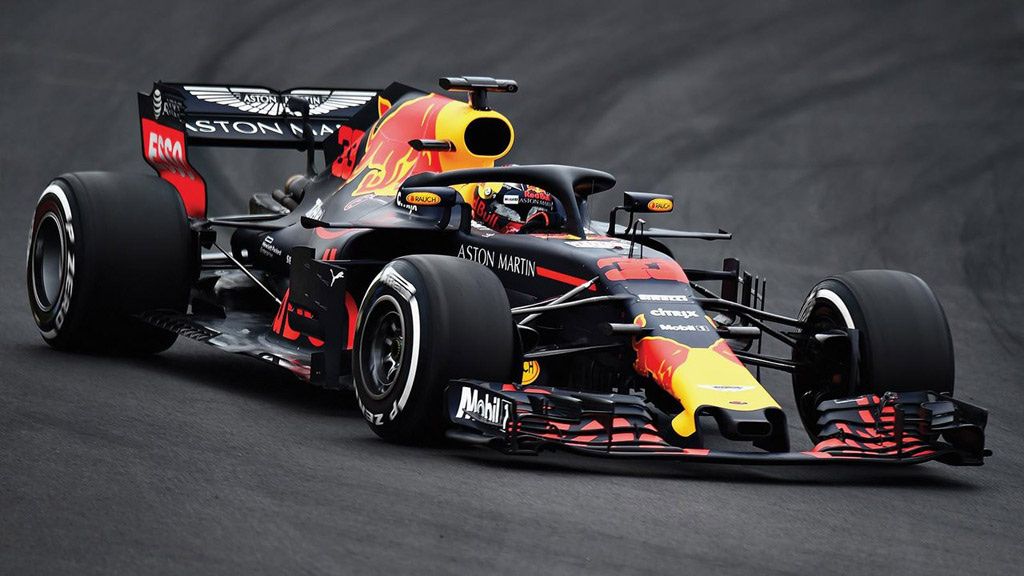
Secondly, with engine-supplier Renault suggesting last year it will not be supplying Red Bull with power units in 2019, this coming season demands Red Bull deliver its best early on before its engineering group becomes distracted with reorganising their 2019 season car construction to include a new (and currently un-named) engine package.
Technical Chief Adrian Newey has followed this thinking with Red Bull’s relatively early car launch of the RB14. It’s as if Red Bull is saying, ‘we have added our sums correctly this time, and we’re anxious to add testing miles.’
They’re still wincing over the early RB13’s failure to back up its aerodynamic simulation promise. Model testing incorrectly suggested the RB13 had more drag, so downforce was lowered. It wasn’t until the add-on aero vanes arrived that the car became competitive. This season, those lessons have been learned, therefore the quicker they can put the new RB14 on track for development miles and confirmation of this season’s return to low drag-high downforce, the better.
The most obvious elements of their approach are the new car’s radically slimmed-down side pods, well inside the regulation’s permitted width, matched with smaller radiator inlets, less “coke-bottle” contouring of the mid-body a longer wheelbase and an equally slimmer nose. The result is less downforce but importantly, also significantly reduced drag.

The front wing assembly is the conventional multi-element component, but with a more uniform and parallel slot-gap placement than usually seen.
These slot gaps control the airflow separation and, more importantly, allow recovery from any turbulence problems. The more control you have over this, the more consistent the airflow from the trailing edge of the front wing and the more usable the mass airflow remains further downstream.
Red Bull has their now traditional S-duct entry under the nose with the exit halfway up to the car’s number. This S-duct helps in all the right areas: pulling smoothed airflow across the FIA-defined neutral central front wing section, reducing lift and correctly directing mass airflow to the bargeboard area.
Behind the front wheels, Red Bull has mounted a tour-de-force of critical air vectoring panels, neatly disguised at launch with their “interim” flat dark blue paint. The success or failure of Red Bull’s 2018 aero mods happens right here.
There are two sets bargeboard elements each side of the chassis. The “inside” group comprises a large vertical three-element component with a horizontal outer vane holding them all together. The RB14 also has a re-curved lower foot area helping to better direct the airflow for the underfloor. These vanes will succeed if they pull more mass airflow through from under the front of the chassis, easing the load on the front wing and the feeding more air to leading edge of the underfloor.
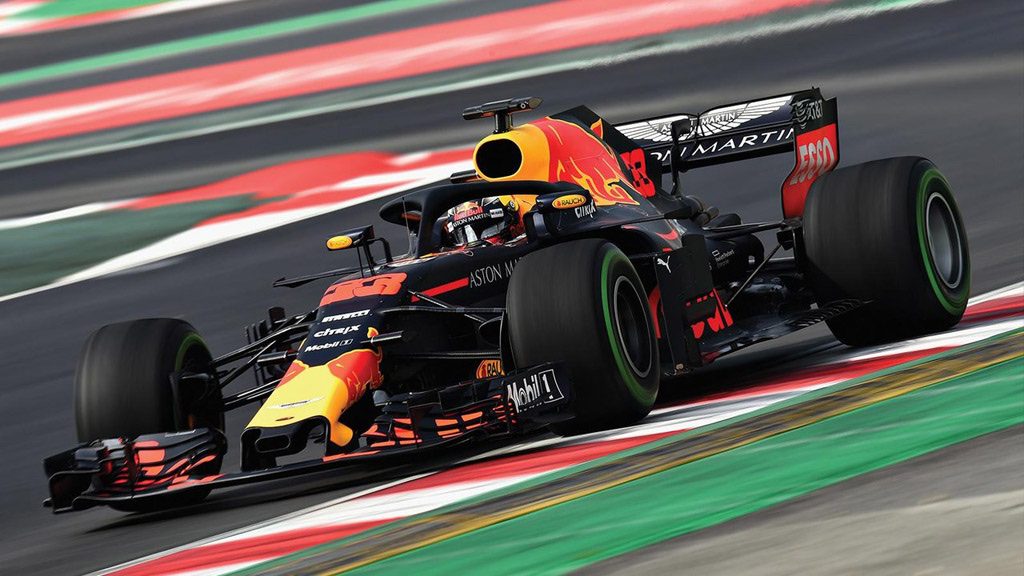 The “outer” bargeboard area is a set of vertical four-element panels on the outer corner of each side pod. These panels manage the turbulent airflow coming off the trailing edge of the front tyre by directing air away from the leading edge of the side pod and underfloor.
The “outer” bargeboard area is a set of vertical four-element panels on the outer corner of each side pod. These panels manage the turbulent airflow coming off the trailing edge of the front tyre by directing air away from the leading edge of the side pod and underfloor.
The RB14’s side pods are now very narrow overall and angled inwards from the floor to the top with only a slight undercut. This shape is a significant departure from recent designs, as Red Bull engineers now visualise the airflow coming over the top of the car to be pushed down into the Coke bottle area inside in rear tyres, rather than flowing along the underside of the pod and above the floor of the car.
There is also a horizontal wing panel emerging out of the top leading edge of the side pod, which extends to the maximum width of the car to sweep the airflow down into the RB14’s slightly wider Coke bottle area.
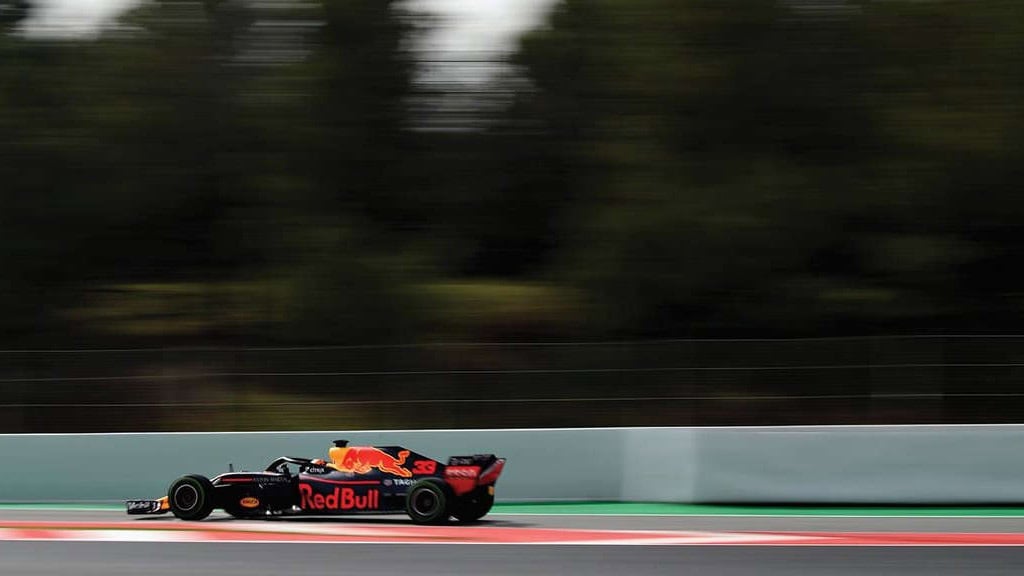 Red Bull continues to run this longer car with its “signature” high chassis rake. This configuration bestows three rewards; first, it produces front wing-induced downforce at low speeds as the front of the car lowers further. Secondly, as the rear ride height flattens at increased speeds, the rear diffuser provides rear downforce over a more extended period and third, the centre of pressure moves rearwards as the car’s speed increases, adding to stability.
Red Bull continues to run this longer car with its “signature” high chassis rake. This configuration bestows three rewards; first, it produces front wing-induced downforce at low speeds as the front of the car lowers further. Secondly, as the rear ride height flattens at increased speeds, the rear diffuser provides rear downforce over a more extended period and third, the centre of pressure moves rearwards as the car’s speed increases, adding to stability.
So, Red Bull is racing forward with an early-reveal of its new 2018 aero direction while also concerned about the 2019 season, 13 month’s away. It will be a testament to the team’s organisational and competitive abilities if it can take its 2018 Renault engine package and new aero ideas into battle against less stressed Mercedes and Ferrari and come out on top.

